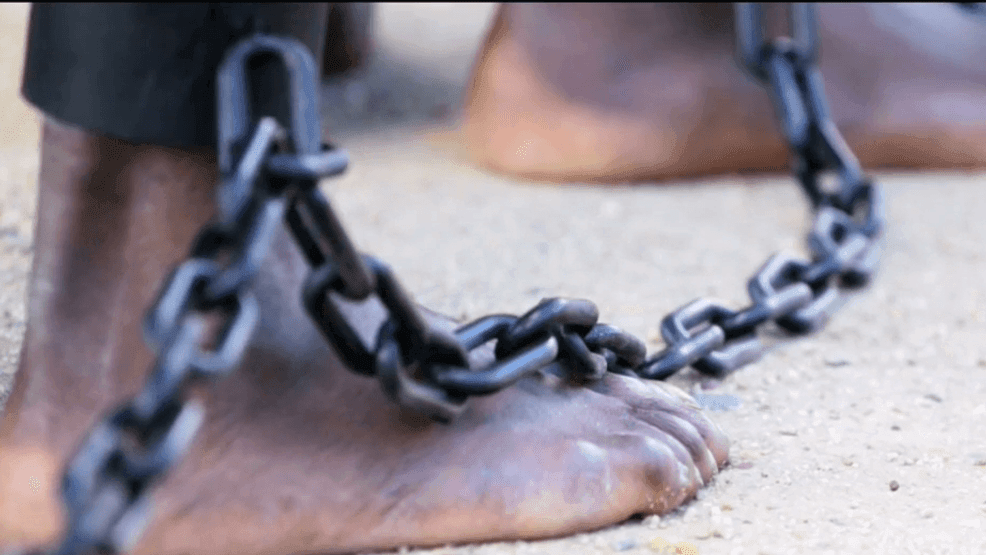SALT LAKE CITY (KUTV) — The history of Deena Hill’s family stretches over many waters.
While researching her genealogy, she found out her African ancestors were taken as slaves from Nigeria, and shipped as human cargo to North America.
Ultimately her relatives ended up in Virginia.
Hill’s Nigerian ancestors were some of the more than 10 million Africans who endured what historians call The Middle Passage.
In a web article published by the National Park Service, it states from 1560 to 1850, 4.5 Million enslaved Africans were transported to Brazil, more than 4.7 million to the Caribbean and at least 388,000 were sent to North America.
“And they would have to walk to where they were headed so, our ancestors would’ve had to walk from Virginia to Harnett County, North Carolina,” said Hill.
She also explained the slaves endured walking about 220 miles barefoot through forests and rugged roads.
The journey would take months at a time.
Deena’s 4th great-grandmother was forced into a life of physical and emotional trauma.
“My grandma, when she was, she would’ve been 20 years old, she was taken advantage of by the slave owner, and she got pregnant and then she would’ve had to walk to Missouri from North Carolina — and that’s a thousand miles,” she said.
Hill went further by sharing that her 4th great-grandmother endured that brutal journey during the latter end of her third trimester of pregnancy.
“She died shortly after she gave birth to my 3rd great grandpa,” said Hill.
That man was Nelson Holder Ritchie.
“I think the most poignant thing is, my grandpa was one of the first Black Mormons here in Utah. But my grandfather endured not being able to go to the temple because he was Black,” said Hill.
PREVIOUS REPORTING:
Since Hill initially shared her story of researching her family’s history with KUTV, she said she’s received numerous questions from people interested in learning about the first steps looking up their own family’s ancestry.
“Actually, if you look under land and property — which is terrible and awful — but land and property, that’s where they’ll list the slaves. And on wills, the slaves were deeded to the children,” she said.
Hill mentioned looking up documents from the Freedman Bureau, which was established after the Civil War ended.
Other helpful resources including DNA genealogy sites have helped in piecing together missing parts of her ancestry.
___
Source link : http://www.bing.com/news/apiclick.aspx?ref=FexRss&aid=&tid=66dbe1920a72457ab2edfa61a3d8b5bc&url=https%3A%2F%2Fkutv.com%2Fnews%2Fbelonging-in-utah%2Futahn-shares-story-of-one-slave-ancestors-journey-after-arriving-in-north-america&c=114990385230137893&mkt=en-us
Author :
Publish date : 2024-09-06 07:20:00
Copyright for syndicated content belongs to the linked Source.
